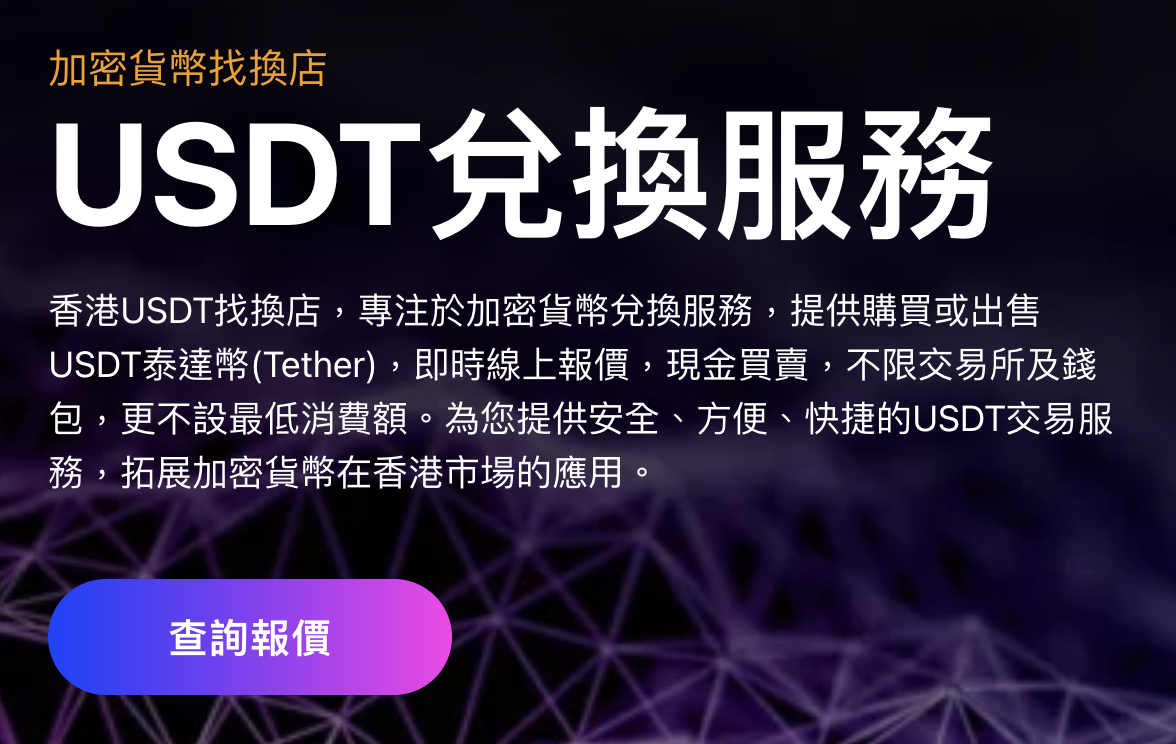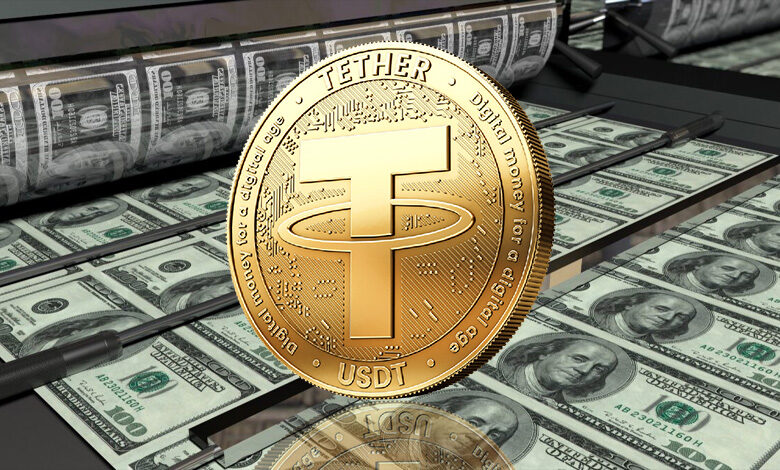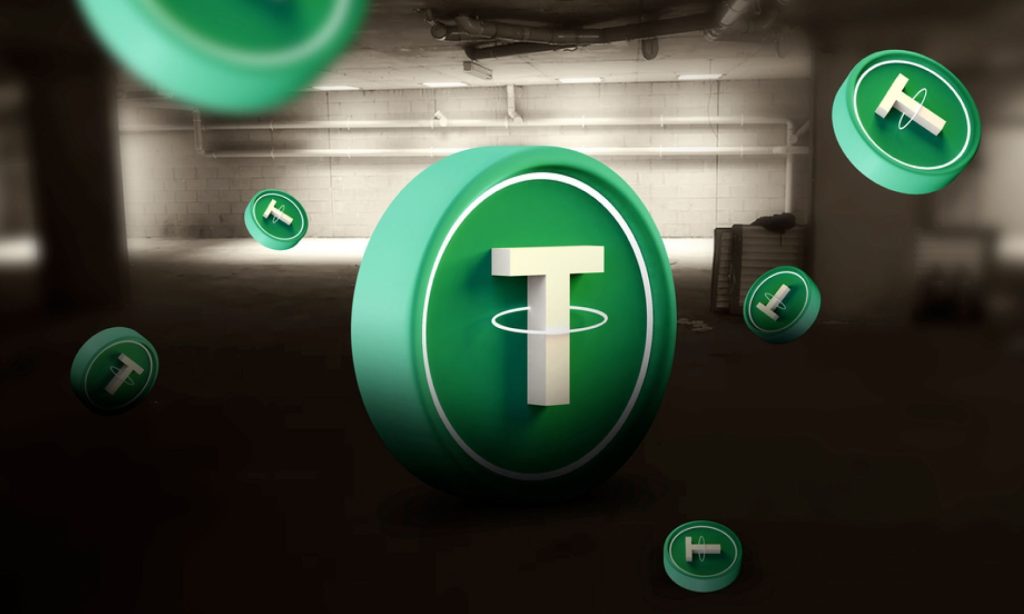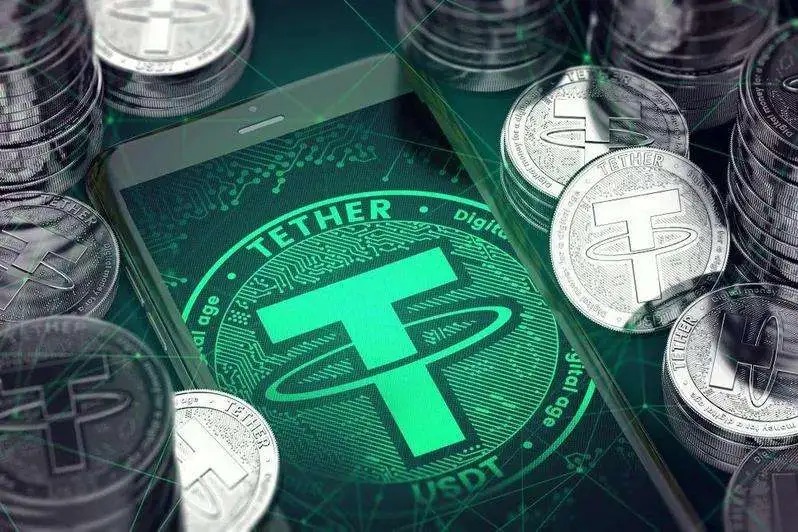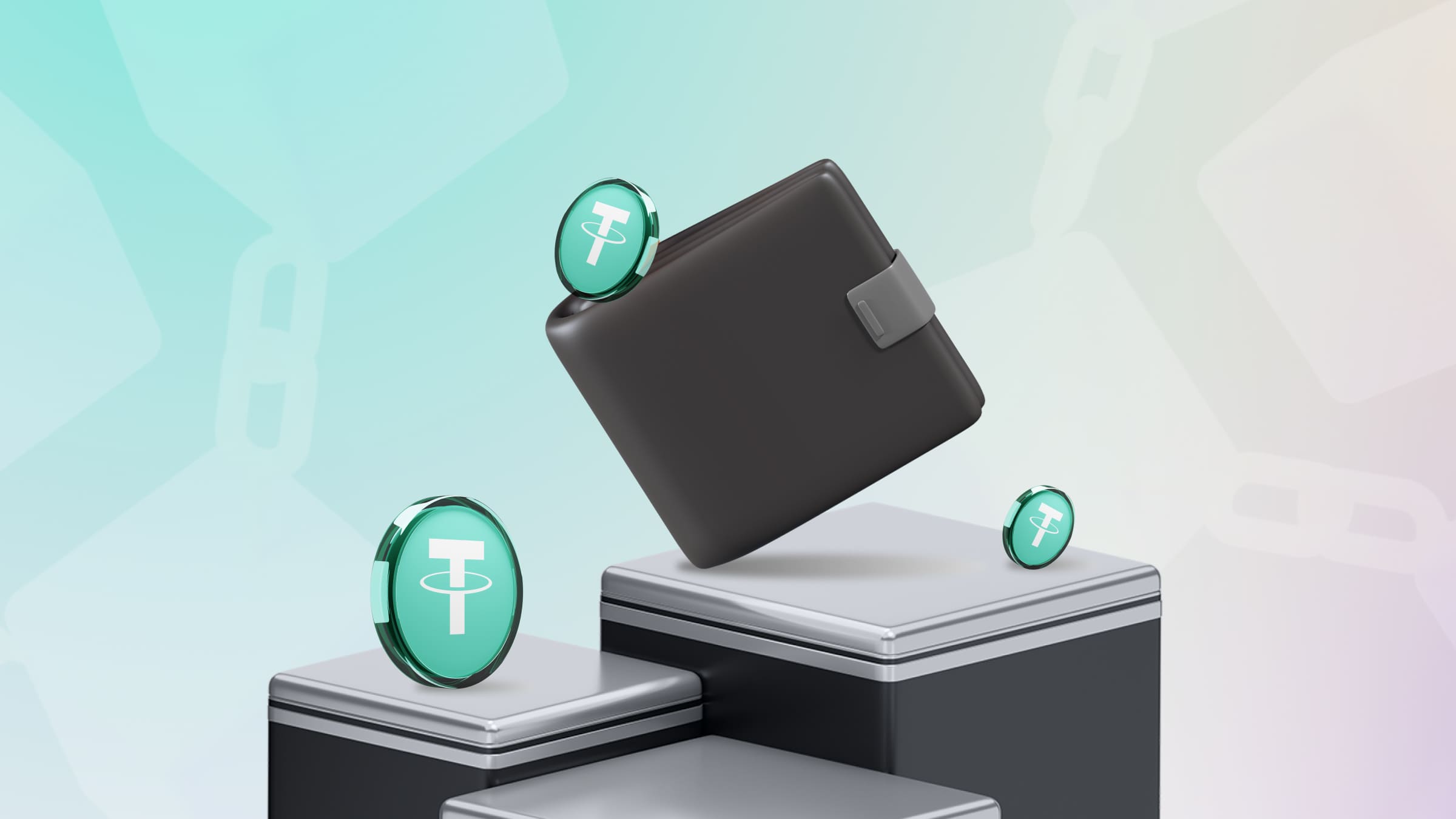When selling USDT, security is always a top concern. This article will delve into common pitfalls, such as scam platforms and trading risks, and provide practical methods for protecting your funds. From choosing a reliable exchange channel to verifying transaction security, we’ll provide step-by-step guidance to ensure peace of mind. Whether you’re a beginner or an experienced trader, these tips will help you avoid losses and ensure every transaction is smooth and secure. Remember, knowledge is your best defense. Learn how to sell USDT smartly!
Selling USDT Basics
Selling USDT is the process of exchanging Tether for fiat currency. As a stablecoin pegged 1:1 to the US dollar, USDT is widely used in cryptocurrency trading and as a store of value. Hong Kong investors choose to sell USDT for various reasons, including cashing out, capital turnover, or risk aversion. Traditional exchanges require complex processes such as order matching and withdrawal approval. Professional Hong Kong USDT exchange shops offer a more direct over-the-counter (OTC) trading solution. Understanding the blockchain characteristics of USDT is crucial. Transfers between different blockchains (such as ERC-20 and TRC-20) can affect transaction speed and cost. Investors should ensure that the receiving platform supports the corresponding blockchain type to avoid asset loss. Professional USDT exchange services can handle multi-chain transfers, provide real-time quotes, and cash transactions, eliminating the liquidity constraints and latency issues of traditional platforms.
Analysis of common pitfalls
There are multiple potential risks associated with selling USDT. Price manipulation is a major threat. Unscrupulous platforms may display false exchange rates and adjust quotes temporarily during transactions. Investors should choose providers that offer price lock mechanisms to ensure price transparency. The risk of fund freezes is a particular concern. USDT of unknown origin may trigger risk control systems and lead to bank account restrictions. Legitimate cryptocurrency exchanges in Hong Kong conduct compliance audits to protect customers from associated risks. Fake platforms use deceptive tactics such as forged trading interfaces and impersonating customer service representatives to request upfront margin payments. Investors must verify the platform’s physical address and business registration to avoid remote transaction scams. Third-party payment risks also exist. Some platforms require transfers through unverified intermediary accounts, which can result in fund loss.
Security platform selection
Choosing a safe and reliable USDT exchange requires evaluating several key indicators. Physical presence is paramount; a service provider with a physical office address provides face-to-face transaction security. Regulatory compliance is crucial; legitimate platforms adhere to anti-money laundering regulations and conduct customer identity verification. Liquidity reserves directly impact high-volume transaction capabilities; a high-quality platform should be able to handle USDT exchange requests exceeding one million. Technical security is reflected in multiple aspects:
- Separate management of hot and cold wallets ensures asset security
- Multi-signature mechanism requires multiple authorizations to use funds
- A real-time monitoring system detects abnormal trading behavior. Customer service quality includes responsiveness, professional problem-solving, and multilingual support. A transparent fee structure is crucial, with all fees clearly disclosed before trading, with no hidden costs.
Fund protection strategy
Implementing an effective fund protection strategy requires multi-layered security measures. A batch selling strategy can reduce the risk of a single transaction. It is recommended to split large amounts of USDT into multiple small and medium-sized transactions. Time diversification is also important, avoiding large exchanges during periods of illiquid market conditions. Using a dedicated trading wallet is fundamental protection; never send USDT directly from a long-term storage wallet. It is recommended to set up a separate trading wallet and control the amount of USDT stored. Transaction verification procedures must be strictly followed, and only initiate transfers after confirming the correctness of the receiving account information. Bank account protection measures include using a dedicated receiving account, monitoring for unusual account activity, and setting transaction limits. When conducting transactions face-to-face with the counterparty, the authenticity of the cash should be verified on-site, using a currency verification device.
Practical operation steps
The standardized USDT selling process consists of six key steps. First, obtain a real-time quote through formal channels to confirm the exchange rate and fee structure. Second, complete identity verification and provide required documents for compliance review. Third, schedule a transaction, confirming the specific time, location, and transaction size. Fourth, initiate a USDT transfer, and proceed to the next stage after the platform confirms receipt of the payment. Fifth, personally accept the cash or confirm the bank transfer, using specialized equipment to verify the authenticity of the banknotes. Finally, obtain a transaction receipt for recordkeeping. Special precautions for large-value transactions include making advance appointments to ensure cash availability, completing transactions in stages to mitigate risk, and selecting a secure location for face-to-face transactions. In the event of significant exchange rate fluctuations, prioritize providers that offer quote lock functionality.
Risk Management Techniques
Effective risk management requires the integration of multiple technical tools. Market risk control includes setting price warning lines and executing sell orders when the USDT exchange rate reaches the target range. Liquidity risk mitigation involves selecting platforms with sufficient trading depth to avoid price slippage caused by large transactions. Operational risk prevention requires the establishment of standardized processes:
- Double verify all receiving account information
- Using a hardware wallet to sign transactions
- Maintain complete transaction communication records. Credit risk assessments should examine the counterparty’s historical record and market reputation, prioritizing platforms that offer secured trading mechanisms. Legal risk management requires ensuring that all transactions comply with local regulations and that transaction records and tax payment certificates are fully preserved. Contingency plans should include setting daily transaction limits, preparing backup transaction channels, and establishing a reporting mechanism for abnormal situations.
Case sharing and reminders
Real-world cases illustrate the importance of risk management. In 2023, an investor, misled by an inflated exchange rate quote, transferred 500,000 USDT to an unverified platform and subsequently lost contact. An investigation revealed that the platform used a false registration address and forged business license. In another case, an investor successfully and securely exchanged 2 million Hong Kong dollars through a legitimate Hong Kong USDT exchange shop, where the authenticity of the cash was verified on-site and the bank deposit was instantly confirmed. These cases highlight key differences: compliant platforms require identity verification and provide a physical trading location, while fraudulent platforms often demand expedited transfers and refuse in-person transactions. Investors should be wary of quotes that deviate significantly from market prices, avoid prepayment margin requests, and always verify contact information through official channels.
Summary and Recommendations
Selling USDT is a carefully planned financial operation. A successful exchange depends on choosing the right trading platform, implementing strict risk management measures, and adhering to best practices. Professional Hong Kong USDT exchangers offer face-to-face transactions, instant quotes, and transparent services with no hidden fees, effectively addressing the liquidity and latency issues often associated with exchange transactions. Investors should prioritize providers with physical locations, a track record of compliance, and sufficient liquidity reserves. Establishing standardized operating procedures includes pre-verification, batched transactions, and on-site confirmation. Continuous risk monitoring requires monitoring market dynamics and regulatory changes. Using a professional USDT exchange service can significantly reduce operational risk and ensure the safe and efficient conversion of funds into fiat currency.
Conclusion: Selling USDT is a critical step in the cryptocurrency investment cycle and requires a systematic approach to risk management. Choosing a reputable USDT exchange in Hong Kong offers the advantages of face-to-face transactions, instant quotes, and transparent fees. Investors should focus on platform security, compliance, and liquidity, and establish standardized operating procedures to mitigate fraud risks. Decentralizing transactions, verifying counterparty identities, and using dedicated trading wallets are fundamental safeguards. Professional over-the-counter (OTC) trading services offer a secure and efficient solution for large-scale exchanges, avoiding exchange liquidity issues and latency. Always verify transaction information through official channels to ensure the entire selling process is conducted within a controlled environment.
